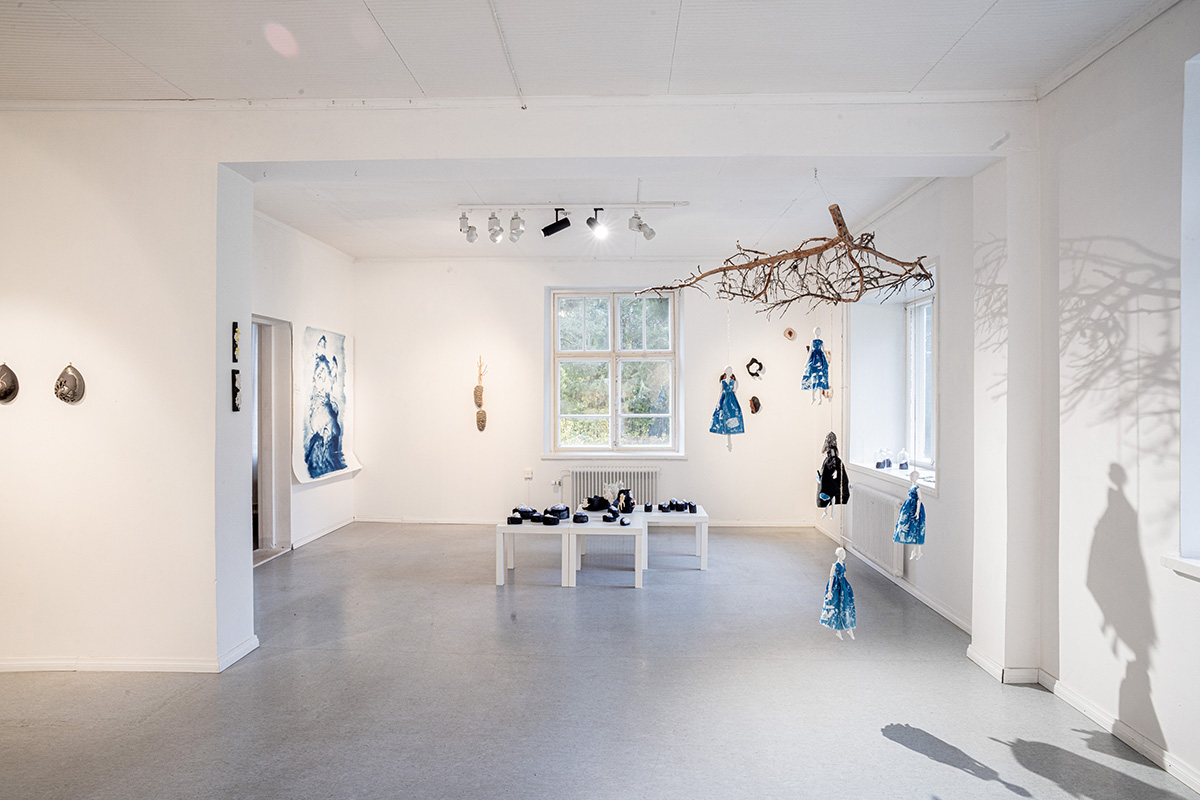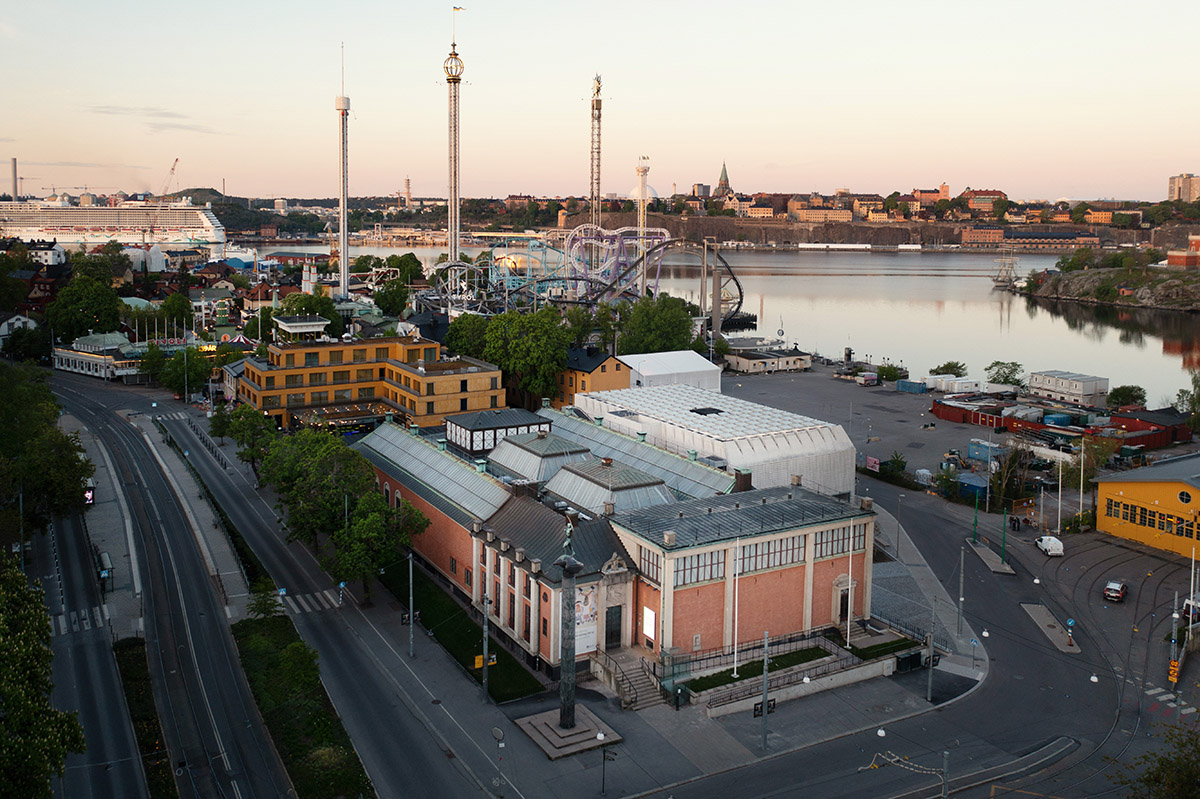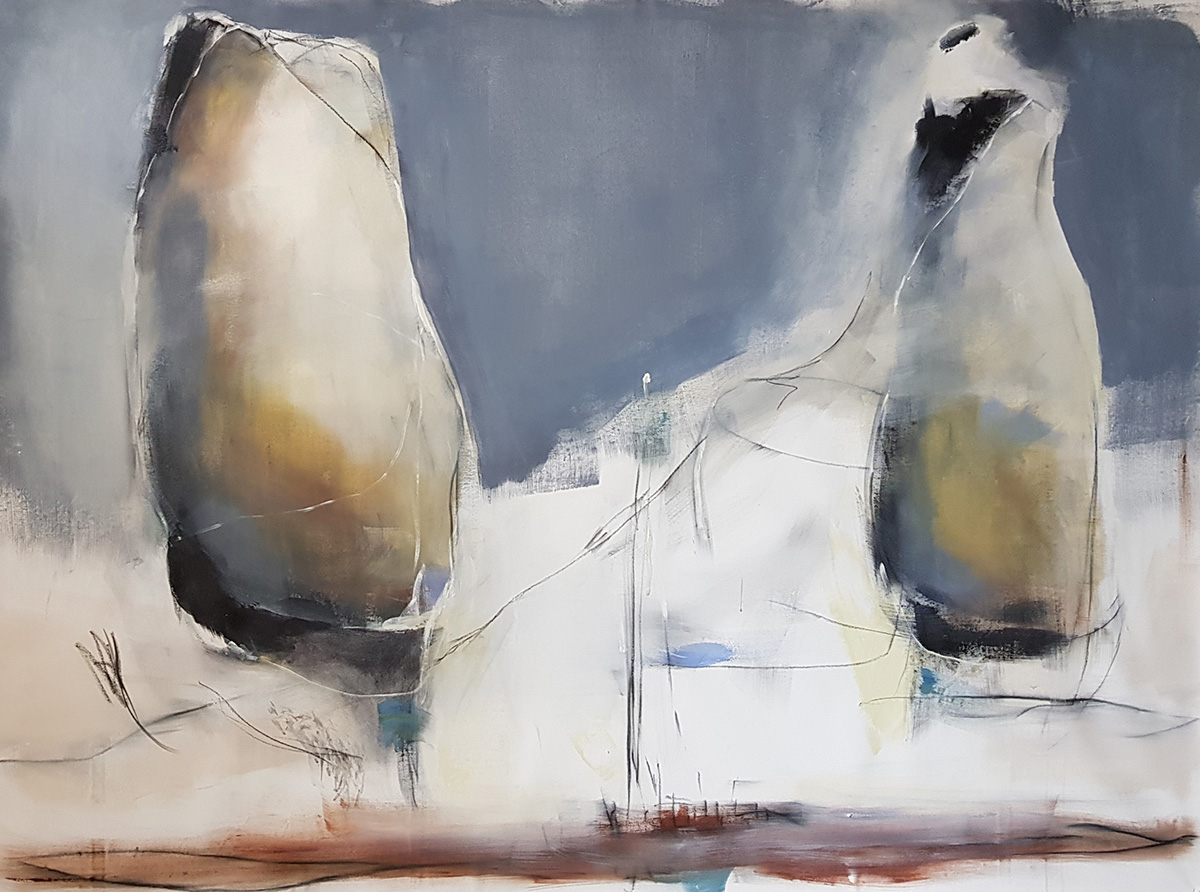The Mannerheim Museum: the key to understanding Finland and the Finns
By Linda A. Thompson | Photos: The Mannerheim Museum / Liisa Oikari
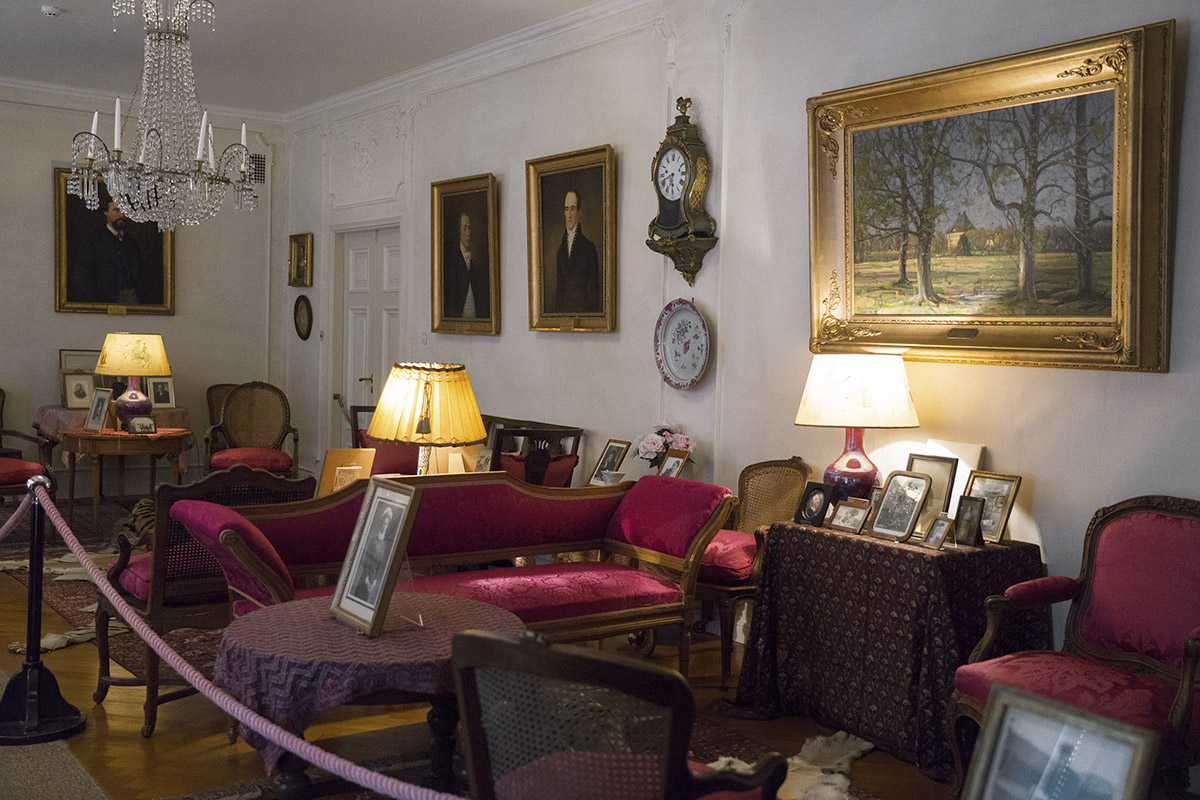
The Mannerheim Museum is a historic house museum devoted to one of the founding fathers of modern Finland, the former military leader and statesman Gustaf Mannerheim.
Some figures loom large in a country’s history. Consider Peter the Great for Russia, and Winston Churchill for the UK. For Finland, it’s military leader and statesman Baron Carl Gustaf Emil Mannerheim.
Mannerheim led Finnish soldiers through three wars as a commander-in-chief and served as head of state twice, between 1918 and 1919 and then again 1944 to 1946, helping the country transition from war to peace.
“Mannerheim is the key to understanding who the Finns are, as well as Finland itself,” says Märtha Norrback, museum director at the Mannerheim Museum.
Located in walking distance from Helsinki’s city centre, the museum is as much about the life and figure of the marshal as it as about the history of Finland. Here, visitors are reminded of the importance of having a broad perspective on the past. The museum covers the over 600-years in which Finland was part of Sweden, its imperial years as a part of the Russian empire between 1809 and 1917, the country’s emergence as an independent state in 1917, and the period up to the mid-1950s.
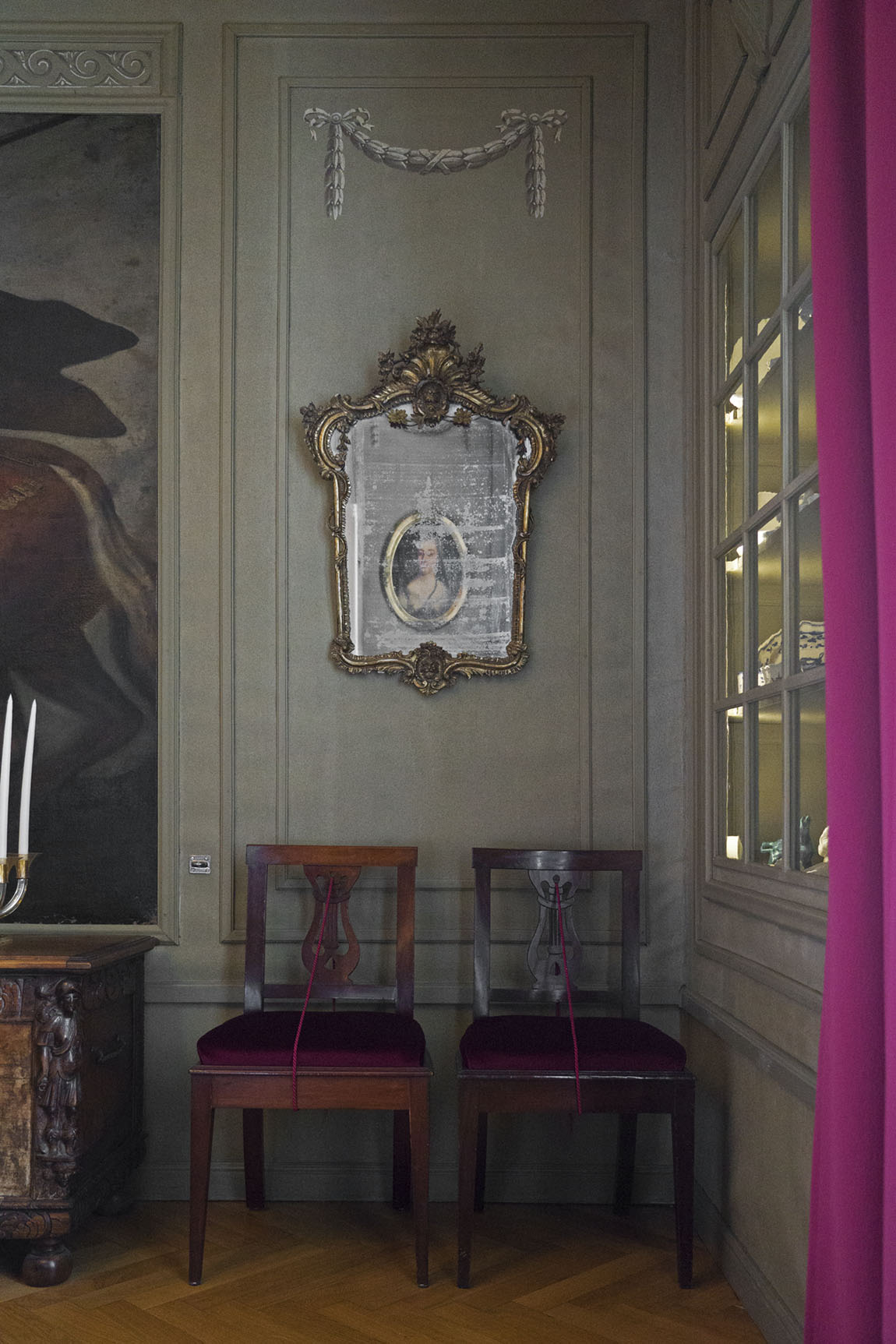
At home with Baron Mannerheim
An authentic home museum, the Mannerheim Museum is located in the marshal’s former house. Mannerheim chose every furnishing in the house, which is hardly a typical house for the mid-20th century. Instead, it resembles a small manor house from 19th century.
“Mannerheim was a very cosmopolitan Finn,” Norrback explains. “He knew everybody worth knowing in Europe at that time – from Winston Churchill to the then King of Sweden, Gustaf V. “He was a big game hunter, and travelled extensively across three continents. Mannerheim was involved in several humanitarian organisations. He was also a generous host who loved to entertain and was famous for the dinner parties he threw.”
The museum reflects these many facets to the marshal’s personality, with Buddha statues from his military intelligence expedition to Central Asia, hunting trophies, photos of family members and European royalty, as well as menus from dinner parties on display. “Visitors are often stunned to learn about Mannerheim’s many roles – from living as an aristocrat in Russia, to returning to democratic Finland and serving as a president when he was well into his seventies,” Norrback explains.

Changing with the times
The museum celebrated its 70th anniversary last year, an event that was mainly marked with a series of online publications, due to the Covid-19 pandemic. In non-pandemic times, the museum´s activities include seminars and even drama tours, as well as concerts and dinners.
According to Norrback, in some ways the museum is exactly the same museum it was when it opened in the 1950s; while, in other respects, it has profoundly changed. The museum opened the year Mannerheim died and museum staff have gone to great lengths to maintain its original interior and preserve its authentic home milieu, she explains. For that reason, the museum can only be visited with a guided tour.
The museum’s approach to presenting the figure of Mannerheim, however, has evolved in tandem with the times. After his death, the marshal was seen almost as a saint, but around the 1970s attitudes to him changed, mostly over his involvement in Finland’s civil war and his status as an aristocrat, Norrback explains. “Today, there are no questions that are taboo or that cannot be asked – that is how we reflect Finnish society,” she explains. “We ask questions that people want to know the answers to and we tell facts that resonate today.”
A good example of this holistic and critical approach is Influential Images, a temporary exhibition examining the former marshal’s relation to photography and his desire to shield his private live from public scrutiny. Next year, an exhibition focusing on Mannerheim’s humanitarian work, such as founding the Mannerheim League for Child Welfare and acting as president of the Finnish Red Cross, will also be on view.
Norrback concludes: “We need to not only criticise marshal Mannerheim, but also do him justice. We cannot think about just one, separate aspect of him, we need to think about his life as a whole.”
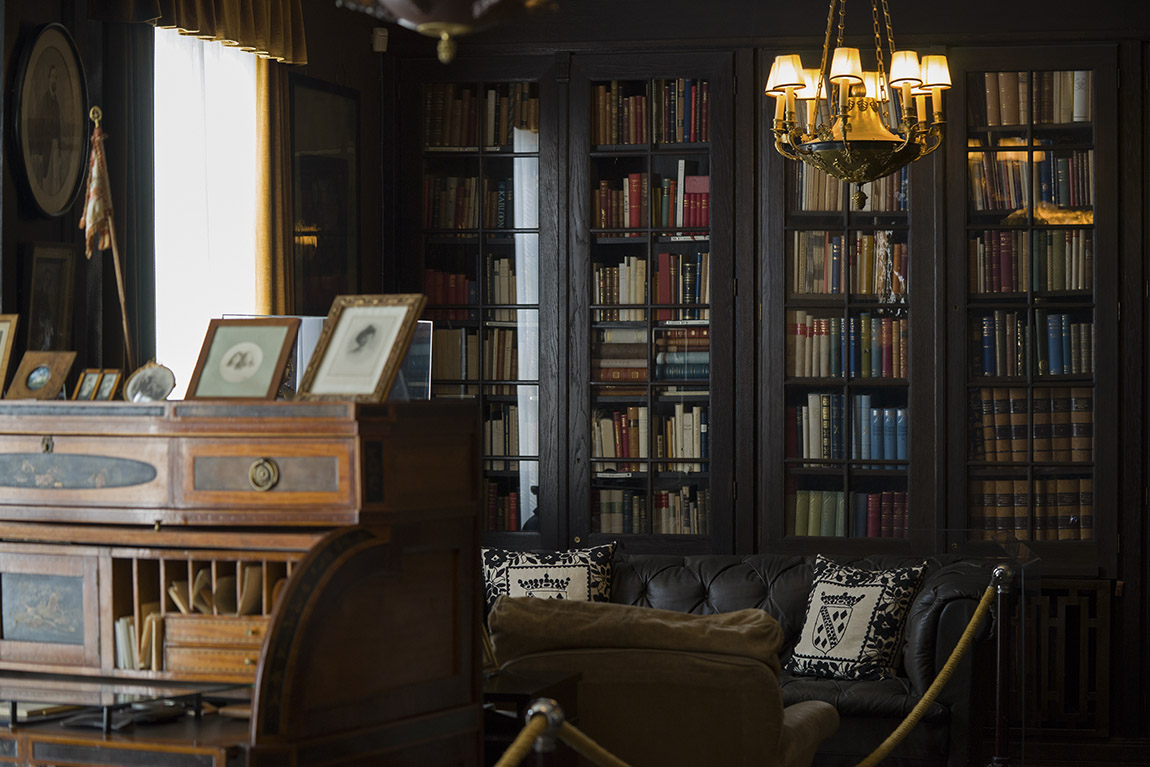
Web: www.mannerheim-museo.fi Instagram: @mannerheimmuseo Facebook: mannerheimmuseo
Subscribe to Our Newsletter
Receive our monthly newsletter by email

